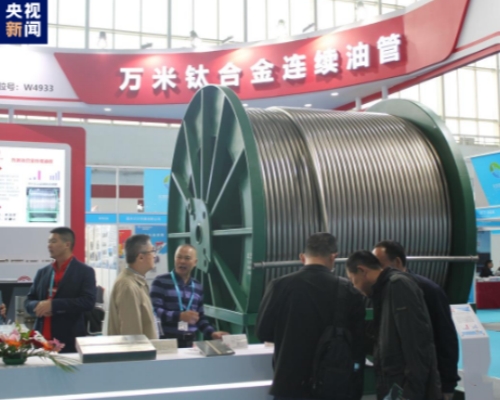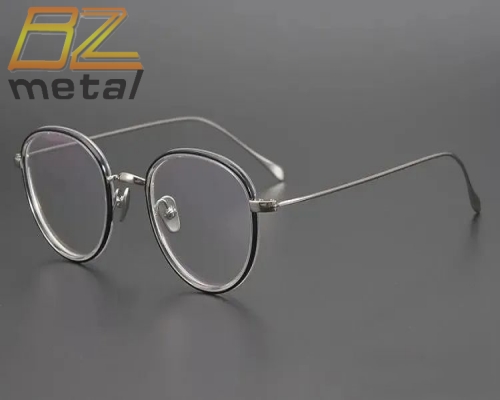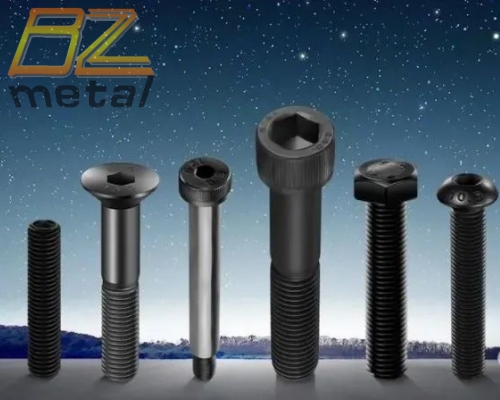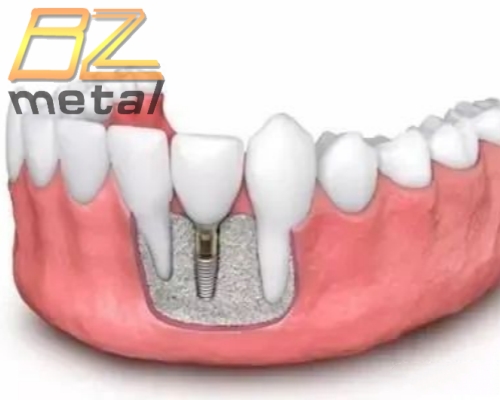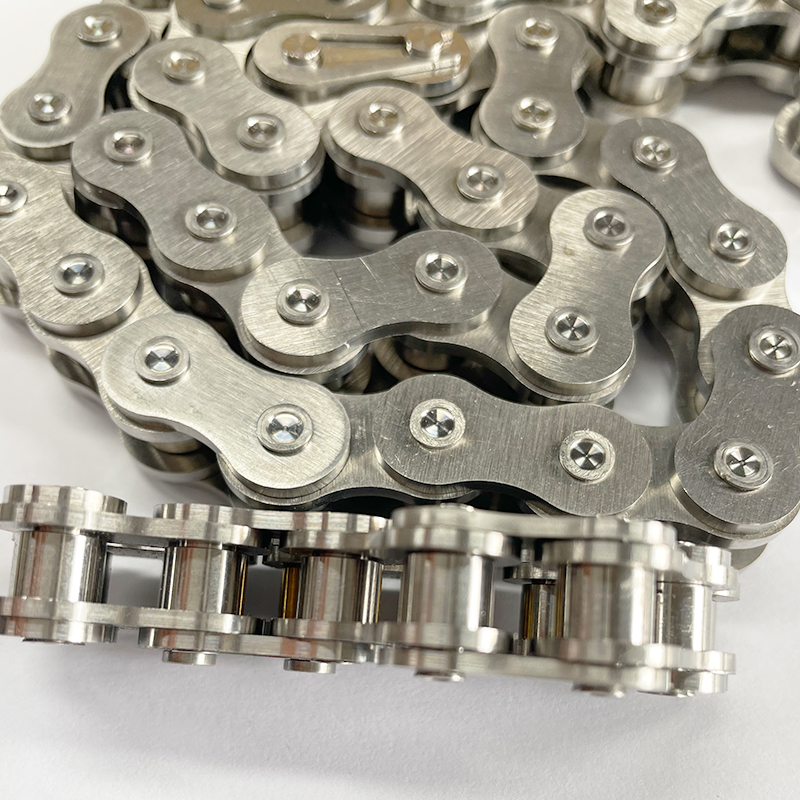Research Status Of Advanced Forming Technology Of High-Performance Titanium Alloy
Research Status Of Advanced Forming Technology Of High-Performance Titanium Alloy
Hot Forming Technology Of Titanium Alloy
At present, according to the operating temperature of the material when the plastic deformation occurs, the plastic deformation of the metal can be divided into cold forming (below the recrystalline temperature and no recovery process occurs), thermal deformation (above the recrystalline temperature) and temperature deformation (between the above two). In the forming process of titanium alloy sheet, thermoforming is the most mature and widely used forming technology, which mainly includes electric furnace heating, resistance heating and induction heating methods. Titanium alloy thermoforming technology is to heat the titanium alloy sheet to a suitable forming temperature, and use the characteristics of the plastic deformation and softening of the titanium alloy at high temperatures (decrease in yield strength and increase in elongation) to achieve the forming of complex titanium alloy parts. At present, the research on titanium alloy thermoforming mainly focuses on forming equipment, forming technology, microstructure, forming properties and forming limits.
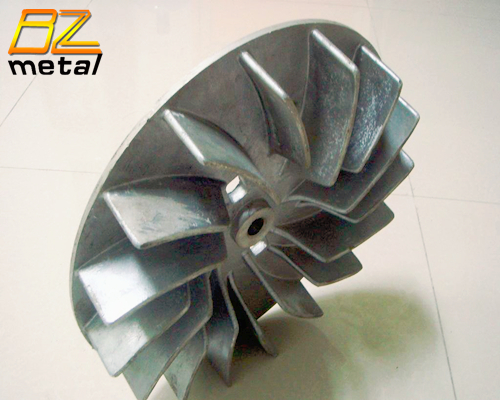
Titanium Alloy Pulse Current Assisted Forming Technology
From the 1990s to the present, scholars from various countries have conducted a lot of experiments and theoretical research on the electroplasticity of Al, Ti, Ni, Cu and other materials, and put forward a series of related theories of electroplasticity effects. Compared with the joule thermal effect of traditional heat-assisted forming, current-assisted forming technology also has pure electroplastic effects, skin effects, magnetic compression effects, etc., that is, the multi-field coupling effect of electricity-heat-force has an impact on the microstructure and mechanical properties of the material. At the same time, the current-assisted forming process has the advantages of low equipment complexity, fast heating rate, high electric-heat conversion rate, and high heating uniformity. It has broad development prospects in the field of plastic processing of metals that are difficult to form at room temperature, and is expected to be used in forming processes such as bending, drawing, rolling, expansion, and progressive forming.
Titanium Alloy Electromagnetic Assisted Forming Technology
Electromagnetic forming technology is a high-rate forming method that uses metal to undergo plastic deformation due to magnetic force in a strong pulsed magnetic field. In order to analyze the structural response of TC4 titanium alloy plate at different deformation speeds, Li et al. studied the microstructure under high-speed deformation and compared it with the microstructure under quasi-static deformation. It was found that under dynamic loading, the grain size change of TC4 titanium alloy plate is not obvious, but the grain is stretched. Due to material flow and impact, the hardness distribution of the sample is uneven, but the texture has not changed significantly. During the high-speed deformation process of TC4 titanium alloy, when the amount of deformation is small, the plastic deformation is mainly based on the dislocation slip mechanism; when the amount of deformation increases, in addition to the dislocation slip mechanism, the twin mechanism is also activated, and the twin surface is (1011), which is conducive to plastic deformation, but the number is small.
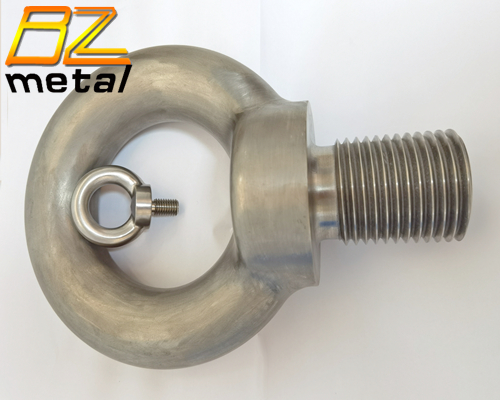
Focusing on the forming of high-strength titanium alloys, the characteristics and applications of three advanced forming technologies, thermoforming technology, pulse current assisted forming technology, and electromagnetic assisted forming technology, are introduced.:
1) The thermoforming technology and equipment are mature, the mechanism is clear, and the effect is significant. It is currently the most commonly used forming process for the plastic processing of titanium alloys. Moreover, with the rapid development of electric furnace heating equipment and electromagnetic induction heating equipment, it is basically possible to accurately control the forming temperature and heating position, which can not only meet the overall forming of large titanium alloy components, but also adapt to the rapid forming of small batches of parts.
2) Pulsed current and electromagnetic assisted forming technology have the advantages of high energy utilization, energy saving and high efficiency, green environmental protection, etc., But there is still a lack of quantitative research on the forming mechanism of the two processes, and the development of forming equipment is not yet universal, which limits its popularization and application to a certain extent; however, with the deepening of research, it has potential application prospects in the forming and processing of high-strength difficult-to-form materials.
3) With the demand for extreme service performance of equipment, each component is required to have high precision, high performance and high stability, which puts forward an urgent need for the development of high-performance titanium alloy compact forming technology. In view of the above-mentioned precision forming technology, on the one hand, it is necessary to develop forming equipment adapted to large, small, and precision parts to achieve precise control of heat source location, forming temperature, etc.; On the other hand, the forming process, forming performance, and forming mechanism of high-performance titanium alloys are further developed and studied, and a digital and intelligent forming database is established to realize the automatic configuration of the forming process and meet the efficient production needs of industrialization.

